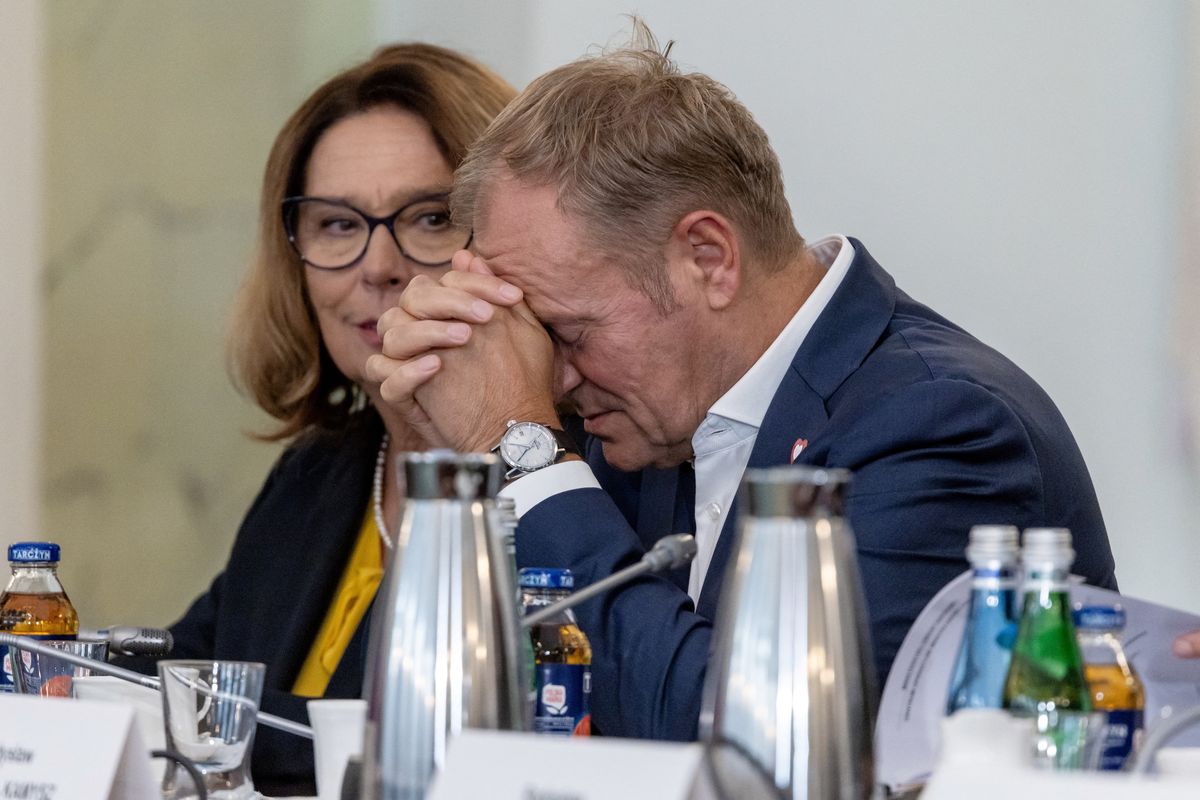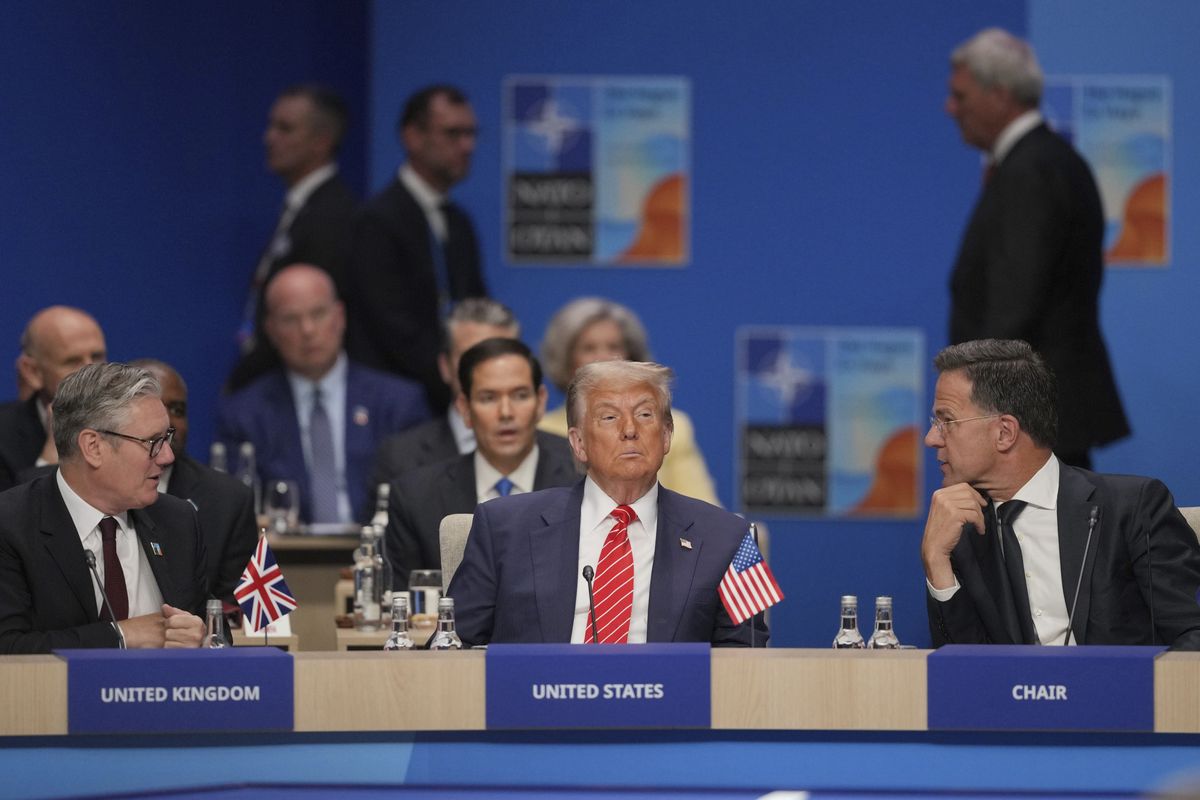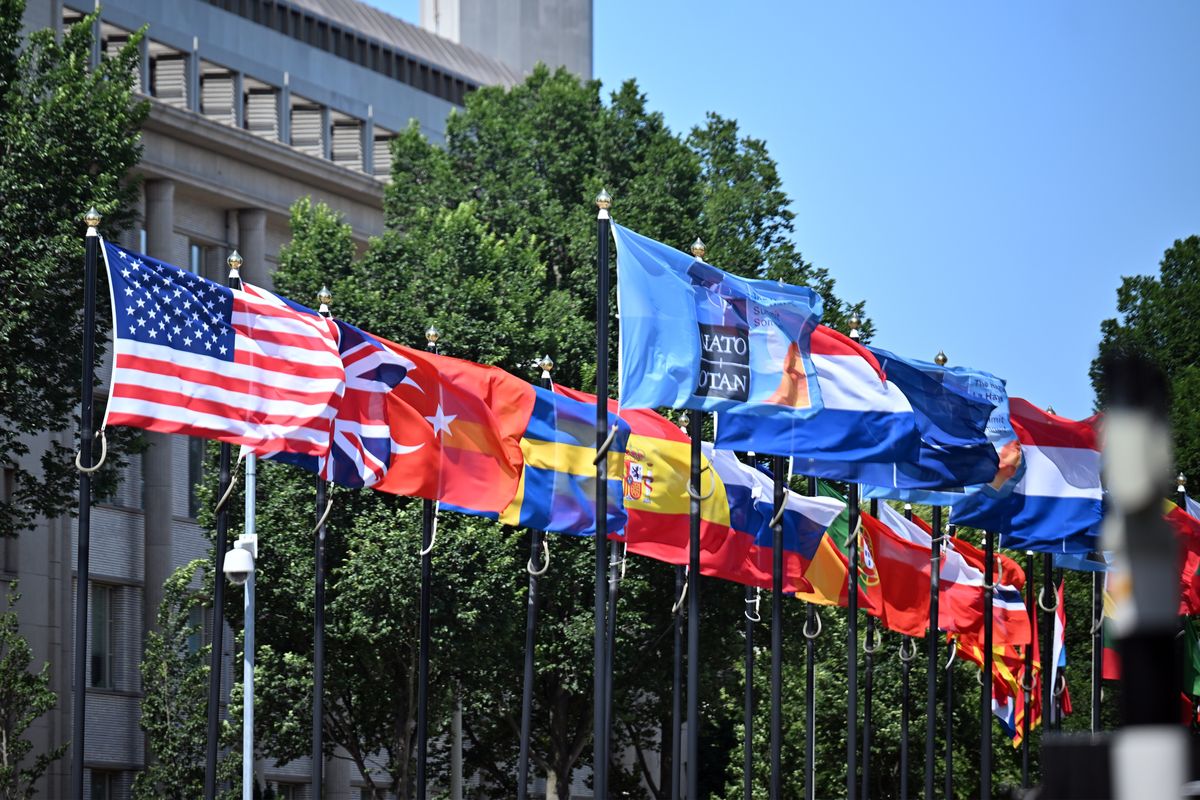Russia and NATO countries are going tit for tat in the Black Sea region.
In 2014, Russia invaded eastern Ukraine and annexed the Crimean Peninsula, on the northern coast of the Black Sea. Over the past three years, Russia has militarized the area, modernizing its Black Sea Fleet at Sevastopol, in southwestern Crimea, and reinforcing the Anti Access/Area Denial (A2/AD) capabilities on the peninsula.
Russia has also used its platform in Sevastopol to send ships and aircraft to Syria.
NATO, in response, decided at its Warsaw Summit in July 2016 to develop a “tailored forward presence in the southeast part of the Alliance territory,” that is, Romania and Bulgaria, which both have coastlines on the Black Sea.
This NATO presence will be led by a Romanian-Bulgarian brigade, which will “provide a framework for extensive training of NATO forces, so it will be a multinational presence under this Romanian-Bulgarian brigade,” said NATO Secretary General Jens Stoltenberg. The brigade will work on integrated training by NATO units under a Headquarters Multinational Division in Romania, and act as a deterrent toward Russia.
More recently, at the February NATO defense ministers meeting, NATO members agreed to two additional maritime measures to strengthen security in the Black Sea. There will be “an increased NATO naval presence in the Black Sea for enhanced training, exercises and situational awareness, and a maritime coordination function for NATO Standing Naval Forces when operating with other Allied forces in the Black Sea region.”
Romanian Defense Minister Gabriel-Beniamin Leş tells The Cipher Brief, “Strengthening the presence in the Black Sea region represents the alliance’s answer to the increased risks and challenges fueled by the assertive/aggressive Russia, including the deployment of its sophisticated armament systems in the Black Sea area.”
For their part, Romania and Bulgaria are working to bolster national defense systems, including by spending 2 percent of GDP on defense, a target set for all NATO members.
Leş says, “our most important objectives in 2017 and further consist of the procurement and acquisition of new equipment and the modernization of the military infrastructure.”
Romania is also working to deepen defense ties with its European neighbors. During the February NATO defense ministers meeting, Romania and the Czech Republic announced they will work with Germany under a NATO Framework Nations Concept. This means, each will contribute a brigade to a German-led multinational division in order to develop joint capabilities. “The three Allies will begin their cooperation through joint training and exercises starting this year,” according to NATO.
Bulgaria has a longer way to go than Romania when it comes to modernizing defense equipment and infrastructure. In 2016, Romania spent close to 1.5 percent of GDP on defense, while Bulgaria spent only around 1.35 percent. In an even starker contrast, Romania spent around 26 percent of defense expenditure on equipment in 2016, surpassing NATO’s goal of at least 20 percent. Bulgaria spent only about 12.5 percent on equipment, although that was a big jump from 2015, when it spent less than five percent.
Bulgaria’s political situation right now is also more unstable than Romania’s, which is affecting its ability to carry out defense overhauls. Its new interim government recently found more than half of the defense procurement contracts signed in 2016 were irregular and as many as nine were fraudulent. Prosecutors have charged the former defense minister with misuse of office for not implementing a contract with Russia for the repair of its Soviet-era fighter jets, reports Reuters, and with “exerting pressure on a subordinate linked to a public procurement order for army uniforms that resulted in losses of about 250,000 levs ($136,203) to the ministry's budget.”
Still, NATO and U.S. involvement in the region is helping to significantly invigorate Bulgarian and Romanian defense. “The U.S. Army is participating in a number of ground exercises,” Magnus Nordenman, a director of the Transatlantic Security Initiative with the Brent Scowcroft Center on International Security at the Atlantic Council, tells The Cipher Brief. “The U.S. Navy is present in the Black Sea and is doing patrols and so forth. And the U.S. is also doing reconnaissance flights over the Black Sea,” he adds.
Beyond securing the Black Sea to stave off Russian aggression and further NATO’s stated goal of deterrence, Nordenman notes that Bulgaria and Romania can’t be separated from the wider European region. “There the U.S. has an interest in continued European stability and not going back to a world order where war is a thing of the future in Europe,” he says.
In addition to increasing defense in the southeastern part of the NATO alliance, the U.S. and its NATO partners are also strengthening the east, sending rotating battalions to Estonia, Latvia, Lithuania, and Poland.
The area of the alliance that borders Russia is likely to be one of heightened focus for NATO for years to come, as long as Russia remains in Ukraine and Syria.
Kaitlin Lavinder is a reporter at The Cipher Brief. Follow her on Twitter @KaitLavinder.












